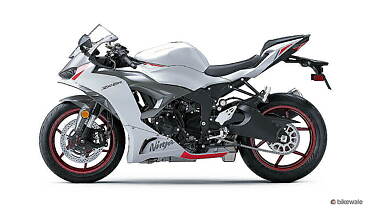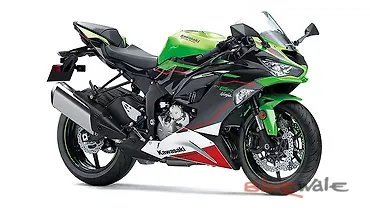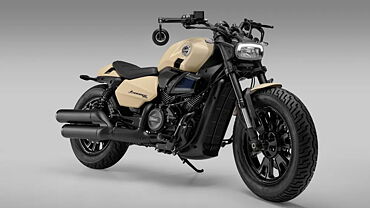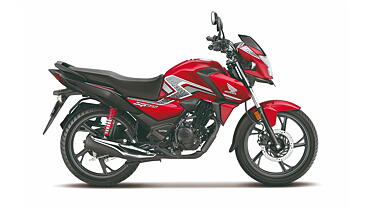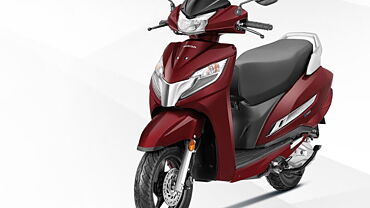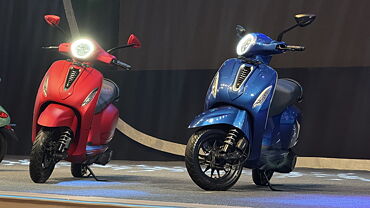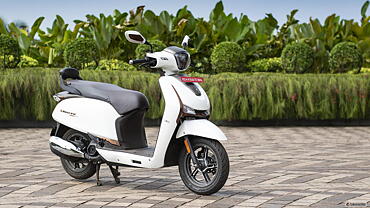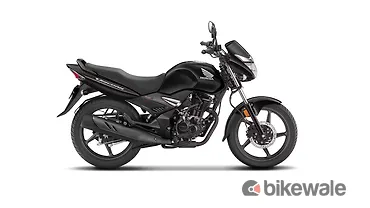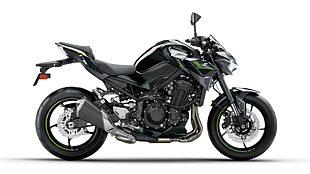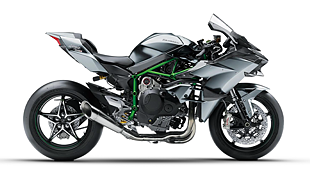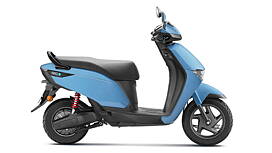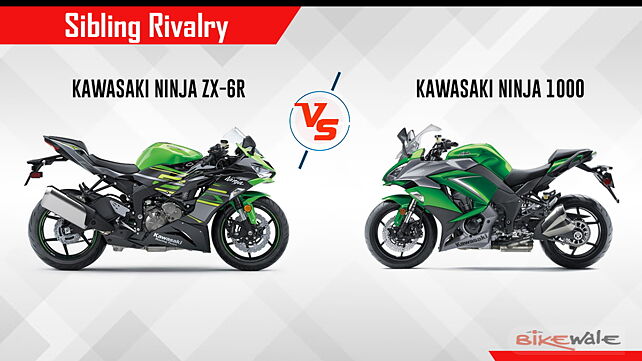
The Kawasaki Ninja ZX-6R recently arrived in India. While the supersport motorcycle may not have a direct rival, it faces competition from its own sibling, the Ninja 1000. What are the differences between the two? We find out in this on-paper comparison.
Design
The Ninja ZX-6R and Ninja 1000 are two completely different motorcycles serving a purpose that’s worlds apart. While the ZX-6R is a track-focused, supersport motorcycle, the Ninja 1000 would be happy touring on long stretches of highway and twisty mountain passes.

Both motorcycles, being from the same family sport very similar design cues. The bikes sport LED twin-headlamps and indicators on either side of their aggressively styled fairing. Now, the ZX-6R takes aggressive to a whole other level. It gets low-slung handlebars, rear-set foot pegs and a sharp tail section to complete its character. On the other hand, the Ninja 1000 offers a more relaxed, upright riding posture accompanied by a tall windscreen and much more comfortable seats for the pillion and rider.
The instrument cluster on the Ninja ZX-6R and Ninja 1000 are somewhat similar. They get an analogue tachometer with a digital unit that displays speed, odometer, fuel-gauge, engine temperature, gear position, average efficiency, and modes.
Engine
The Ninja 1000 is powered by a 1043cc, in-line four cylinder motor that produces 138bhp at 10,000rpm and 111Nm of torque at 7300rpm. It is mated to a six-speed gearbox with slipper clutch.
The Ninja ZX-6R uses a 636cc, in-line four mill that produces 127.9bhp at 13,500rpm and 70.8Nm of torque at 11,000rpm. This unit also comes mated to a six-speed gearbox and slipper clutch.
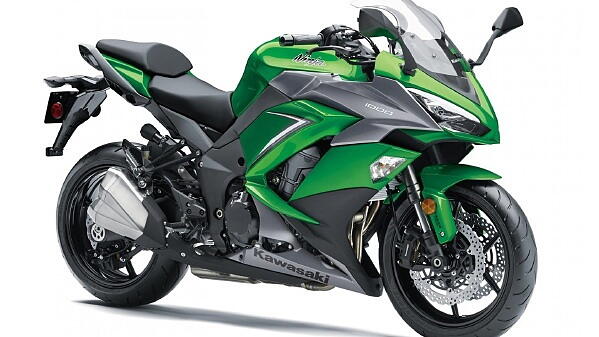
While the ZX-6R’s has a smaller engine, it produces more power and revs higher than the Ninja 1000’s motor; suiting perfectly with its track bike character. Meanwhile, the Ninja 1000 offers mid-range power and torque for better cruising abilities and efficiency.
Cycle Parts
The Ninja ZX-6R rides on inverted 41mm Showa forks at the front and a monoshock at the rear. Braking duties for the front are done by twin 310mm discs while the rear uses a 220mm disc. The Ninja 1000 also uses 41mm inverted forks and a rear monoshock. It gets a pair of 300mm discs at the front and a 250mm disc at the rear.
Pricing
Kawasaki has put a price tag of Rs 10.49 lakhs on the Ninja ZX-6R. On the other hand, the Ninja 1000 retails at Rs 9.99 lakhs. With numbers out of the way, we explain the Rs 50,000 difference between the two.
Purpose
The Ninja ZX-6R is brought to India via the CKD (completely knocked down) route while the Ninja 1000 comes in as a SKD (semi-knocked down) unit. While CKDs should ideally be less expensive as compared to SKDs, it is not the case between the ZX-6R and Ninja 1000.

Now, the Ninja ZX-6R is an all-out, track-focused machine while the Ninja 1000 is a sports-tourer. And the cost of manufacturing a track bike is way higher than a touring motorcycle, one of the reasons for the ZX-6R being priced closely to a litre-class bike. Another reason for its high pricing is the lack of competition in the Indian market which in turn also gives Kawasaki the leeway to position the ZX-6R above the Ninja 1000 as a premium proposition.

![Kawasaki Ninja 1000 [2018-2019] Image Kawasaki Ninja 1000 [2018-2019] Image](https://imgd.aeplcdn.com/272x153/bw/models/kawasaki-ninja-1000-2019.jpg?20190103151915&q=80)
